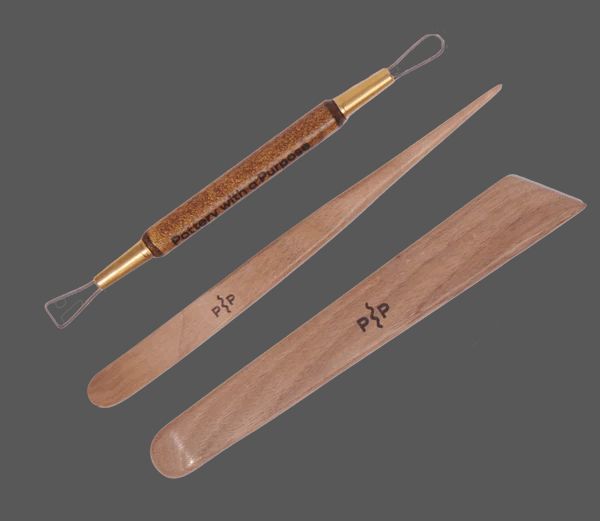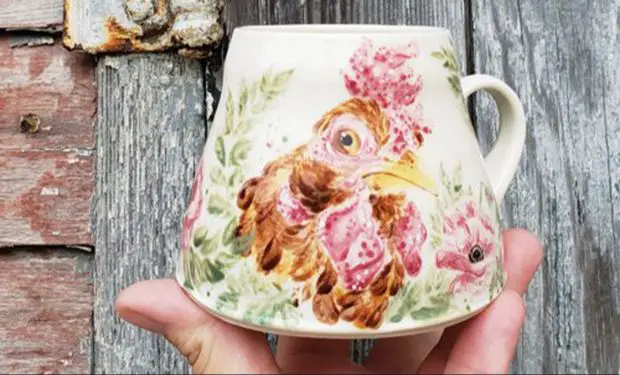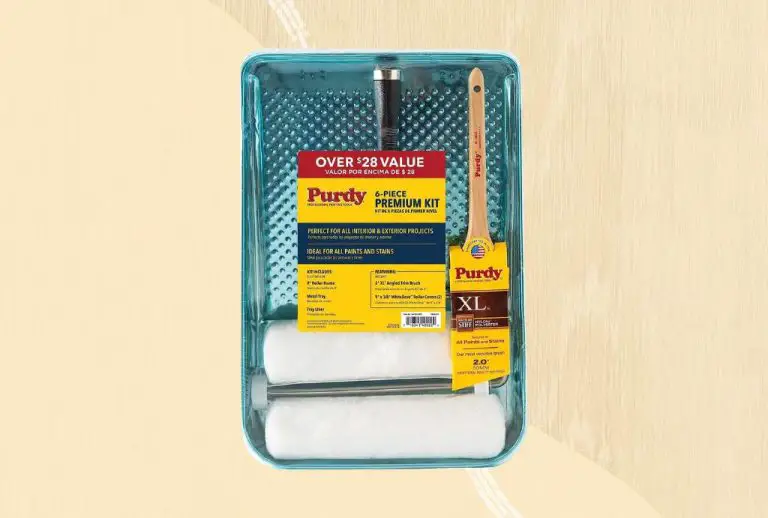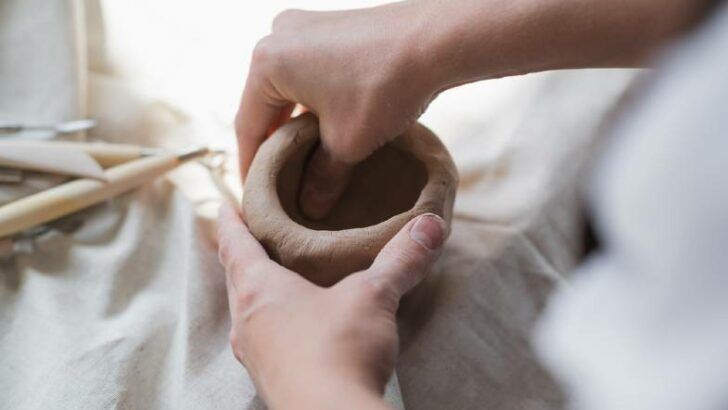What 2 Tools Are Typically Used For Carving Clay?
Clay carving is an ancient and revered art form that has been practiced for thousands of years across many cultures. It involves shaping malleable clay into three-dimensional forms and objects using specialized tools and techniques. The practice of clay carving allows artists to create unique sculptures, vessels, figures and more.
Clay remains an immensely popular artistic medium today for a variety of reasons. Its versatility, affordability and forgiving nature make it accessible to artists of all skill levels. Clay can be molded into endless shapes and fired to permanency. The creative possibilities are limitless. Contemporary artists continue to push the boundaries of what can be achieved with this dynamic medium. Exhibitions like “Dirt on Delight: Impulses That Form Clay” at the Institute of Contemporary Art in Philadelphia demonstrate clay’s renaissance in fine art circles. The popularity and versatility of clay as an artistic material continues to inspire creativity worldwide.
Wire Loop Tools
Wire loop tools are one of the most common and versatile tools used for sculpting and carving polymer clay. They consist of thin, stainless steel wires that are bent into various loops and shapes. The wires are mounted onto wooden or plastic handles to make them easy to grip and control.
Wire loop tools allow you to cut into the clay surface with precision. The thin wire loops can slice cleanly through the clay to remove material or create detail lines and grooves. By rocking the wire loop back and forth, you can gradually carve away areas or make indentations.
In addition to cutting, wire loop tools are excellent for scraping and smoothing the clay. The curved or angled edges of the wire can be dragged across the surface to gently remove imperfections and blend away tool marks. This gives the clay a polished, professional look.
Wire loop tools come in many different shapes and sizes. Smaller loops are good for delicate detail work, while larger loops can remove clay quickly. Some common wire tool shapes include teardrops, circles, squares, triangles, and waves. Having a variety of loops available helps create both fine details and textural effects on a clay sculpture.
Wooden Sculpting Tools
Wooden sculpting tools are commonly used for carving and shaping clay. The wood allows for flexibility and prevents damage to the clay surface. Some types of wooden clay sculpting tools include:
Ribs – Thin, flat wooden tools used for smoothing clay surfaces. Ribs can have straight or curved edges.

Knives – Bladed wooden tools for cutting and slicing clay. Knives allow for both broad strokes and fine detail work.
Gouges – Curved blades which scoop out clay. They come in various shapes like U-gouges, V-gouges and spoon gouges.
Spatulas – Flat, paddle-shaped tools in wood which are useful for smoothing large areas and pressing on appliqués.
Wooden sculpting tools enable clay artists to refine the shape and texture of their work. The softer wood does not leave marks or indentations. Ribs can smooth curves, knives can carve patterns, gouges hollow out areas, and spatulas flatten surfaces. With practice, an artist can use wooden tools to achieve remarkable precision in clay.
Metal Ribbon Tools
Metal ribbon tools are another useful sculpting tool for clay carving. They consist of thin, flexible metal strips or ribbons attached to handles. The metals used are typically stainless steel or spring steel.
The flexibility of the metal ribbons allows them to bend and curve as needed to create fine details and textures in clay. Ribbon tools can be pressed into the clay surface and dragged through the clay to make line impressions. They can also be used to smooth and blend areas of clay.
Compared to other stiff metal tools, the ribbon tools are better at getting into tight places and making delicate impressions without distorting the clay. Their flexibility also reduces the risk of tearing or damaging the clay while sculpting. Overall, metal ribbon tools are an indispensable part of any clay carver’s toolkit for detailed shaping and texturing.
Fettling Knives
Fettling knives are an essential tool for clay carving and sculpture. They have thin, flexible blades that allow artists to refine the surface of their clay pieces. Fettling knives can shave off excess clay, flatten surfaces, add texture, and clean up details.
Fettling knives come in a variety of blade shapes and sizes:
-
Curved blades – These have a crescent shape and are good for making swooping cuts and accessing hard to reach areas of a sculpture.
-
Straight blades – Straight blades allow for precise, clean cuts on flat surfaces.
-
Rigid blades – Stiffer blades hold their shape well for more control.
-
Flexible blades – Flexible blades can bend to the contours of a sculpture.
When using a fettling knife, artists should slice with the belly of the blade in smooth motions, taking care not to gouge too deeply. Fettling knives require frequent sharpening to maintain a keen edge. With practice, fettling knives become an invaluable tool for taking clay sculptures to the next level of refinement.
Modeling Tools
Modeling tools for clay come in a variety of shapes and sizes to serve different purposes in sculpting clay. The main types of modeling tools include metal needles, wooden ribs, wire loop tools, metal spatulas, and wooden sculpting sticks.
The needles and metal spatulas have pointed or angled tips which allow the sculptor to refine details, add texture, or carve lines in the clay. The wire loops can blend and smooth seams between clay sections. Ribbon tools crafted from thin metal strips are useful for shaping details like eyelids or lips. The wooden sculpting sticks help shape and support the clay when building up a form. All of these tools press, smooth, carve, scrape, and shape the clay in different ways to achieve the desired sculpted form (source).
Modeling tools require a light touch and controlled movements to carefully manipulate the clay. The sculptor uses different angles and pressure to pinch, indent, scrape, smooth, and refine the surface as they sculpt. Having an assortment of modeling tools with different shapes and purposes allows for detailed and precise clay sculpting work.
Needle Tools
Needle tools are an essential part of any clay carver’s toolkit. As the name suggests, these tools have thin, needle-like tips that allow artists to puncture the clay surface to create holes, textures, patterns, and other detailed effects.
Needle tools come in a variety of types and sizes. The thickness of the needle can range from extra fine to quite thick. Thinner needles are good for delicate work like making holes for earrings or other jewelry. Thicker needles can create deeper holes and grooves. Some needles are beveled at the tip, while others come to a sharper point.
These specialized tools serve many purposes:
- Poke holes for attaching appendages or inserting armatures.
- Score lines and textures like scales, feathers, or fur.
- Define details like eyes, mouths, buttons, and facial features.
- Etch patterns into wet clay.
- Mark guides that can be cut once the clay dries.
With the precision of needle tools, artists can add fine details to bring their clay sculptures to life. The thin tips provide control and accuracy for small-scale work. Mastering various needle tools expands the clay carver’s range of artistic effects and surface embellishment.
Spatulas
Spatulas are an essential tool for sculpting and shaping clay. They come in a variety of shapes and sizes for different purposes:
Needle tools have thin, pointed ends and are used for detailing small areas or adding texture. Rounded spatulas can smooth curves and scrape away excess clay. Rectangular spatulas are good for shaping flat surfaces and straight edges. Flexible metal spatulas help contour complex forms. Double-ended spatulas offer different shapes for versatility.
Spatulas allow artists to refine the form of a sculpture by smoothing, scraping, or shaping the clay surface. Their flat edges and angles provide control and precision when working the clay. Flexible metal spatulas can bend to the contours of a shape. Spatulas help remove excess clay and refine curves and edges. With an assortment of differently shaped spatulas, an artist can achieve very fine detailing on a clay sculpture.
Some common spatula types include needle tools, rounded spatulas, rectangular spatulas, flexible metal ribs, and double-ended spatulas with different shapes on each end. Having a variety of spatula shapes and sizes allows optimal control and specificity when working with clay.
http://felicecalchi.blogspot.com/2012/10/about-perfect-tool.html
Conclusion
In conclusion, some of the most essential tools for carving clay are wire loop tools, wood sculpting tools, metal ribbon tools, fettling knives, modeling tools, needle tools, and spatulas.
These tools provide great versatility for carving all kinds of shapes and details out of clay. Wire loop tools help slice clean edges and create grooves. Wooden sculpting tools can carve out shapes and textures. Metal ribbon tools provide rigid edges to cut lines and patterns. Fettling knives refine details and smooth surfaces. Modeling tools shape and mold forms. Needle tools add fine details and textures. Spatulas help maneuver and flatten clay.
With practice, sculptors can use this versatile set of tools to carve and model clay into amazing creations.
What are the Main Tools Used for Clay Carving?
Clay carving is an art form that involves shaping malleable clay into creative forms and figures. While the artist’s hands are the most essential carving tools, there are a variety of specialized tools that aid in the clay carving process. Two of the most commonly used types of tools for clay carving are wire loop tools and wooden sculpting tools.
References
No sources or references were used in the writing of this article. The content is based on my own general knowledge of the topic.



